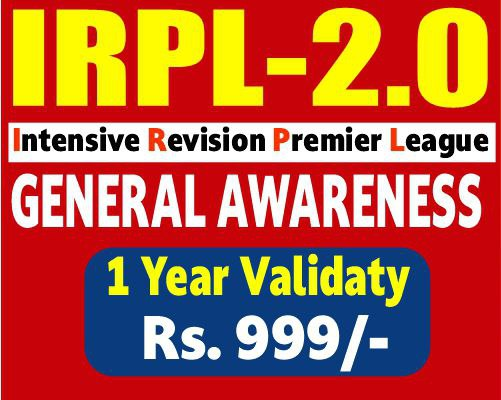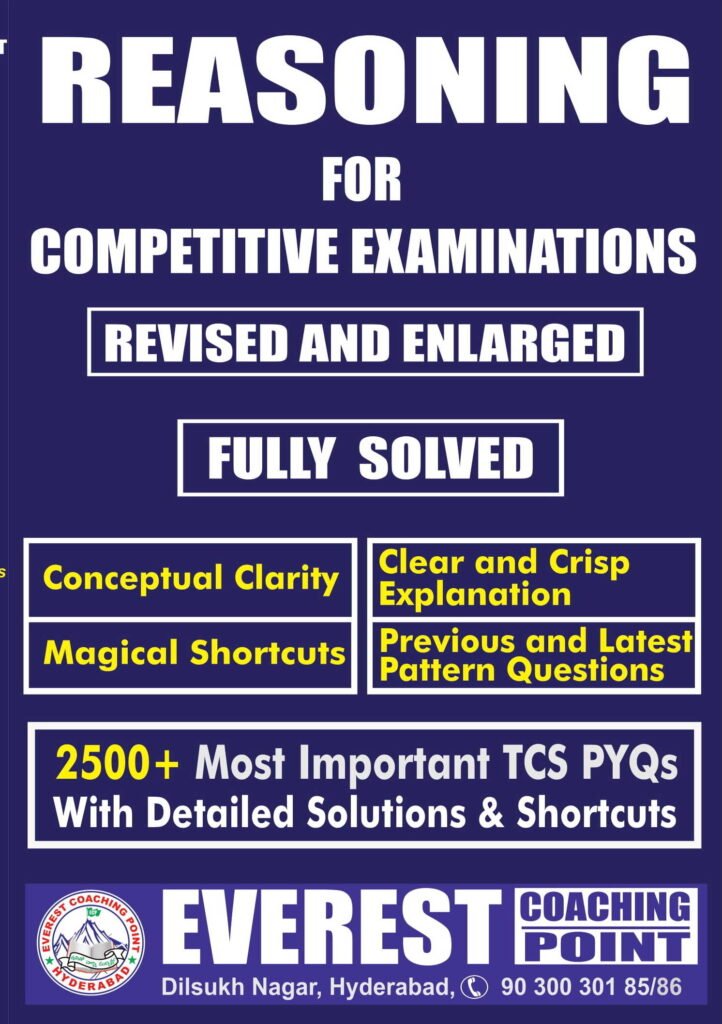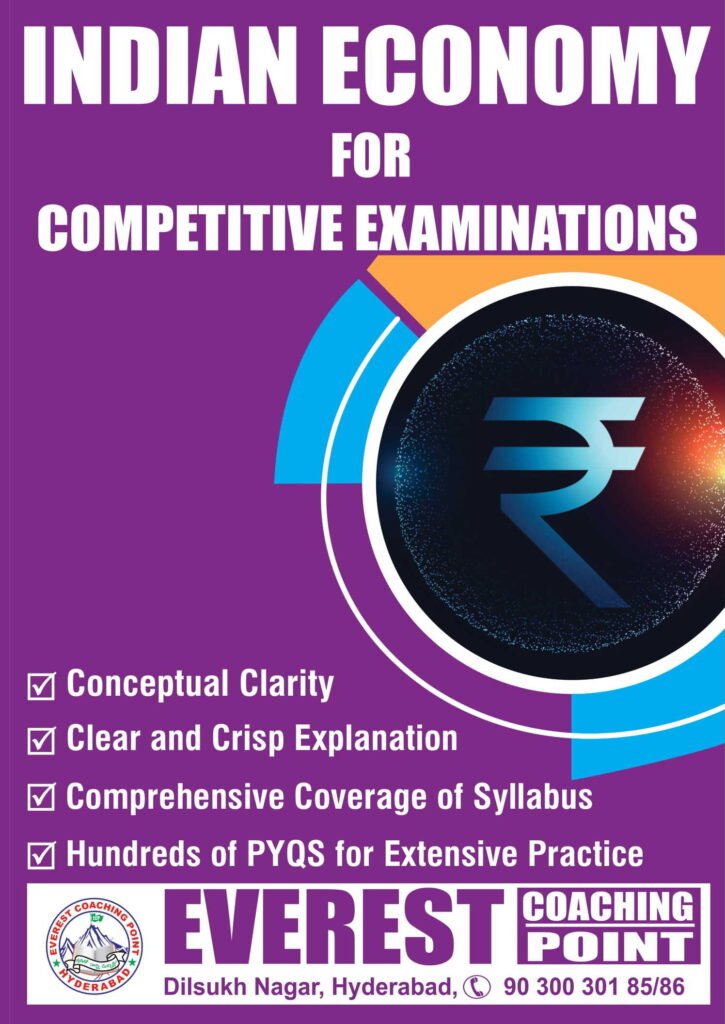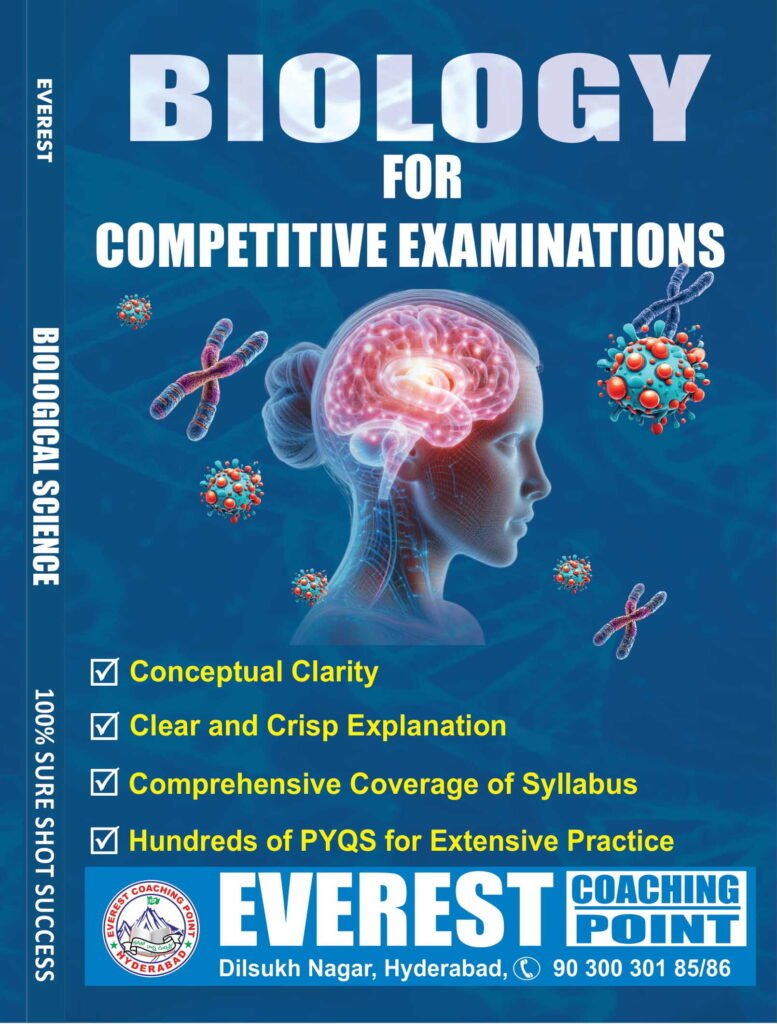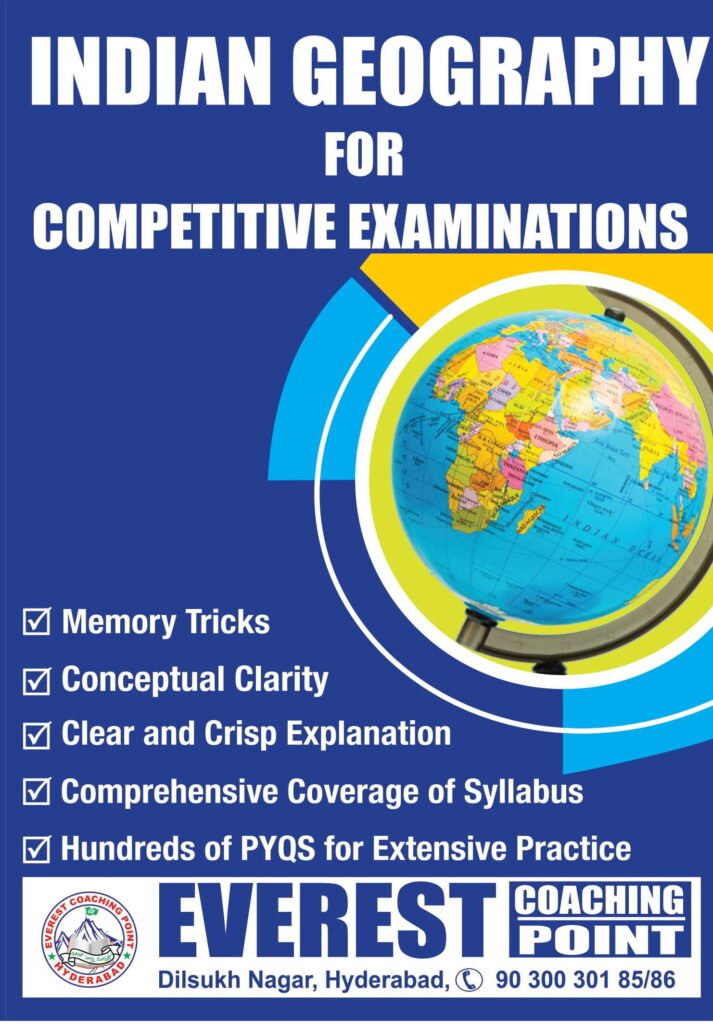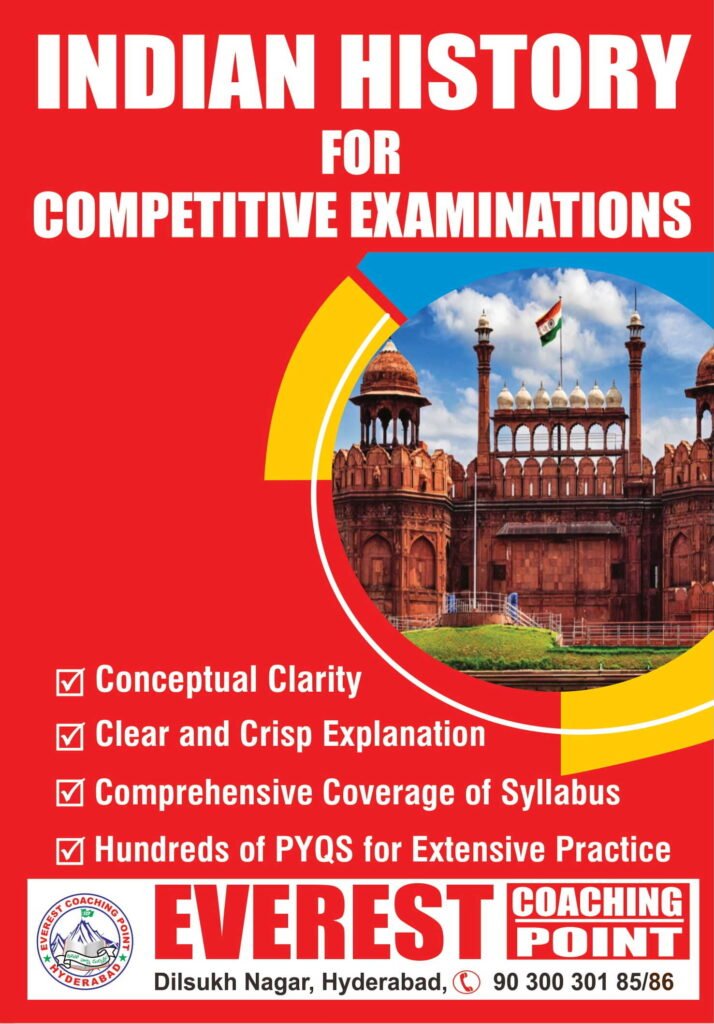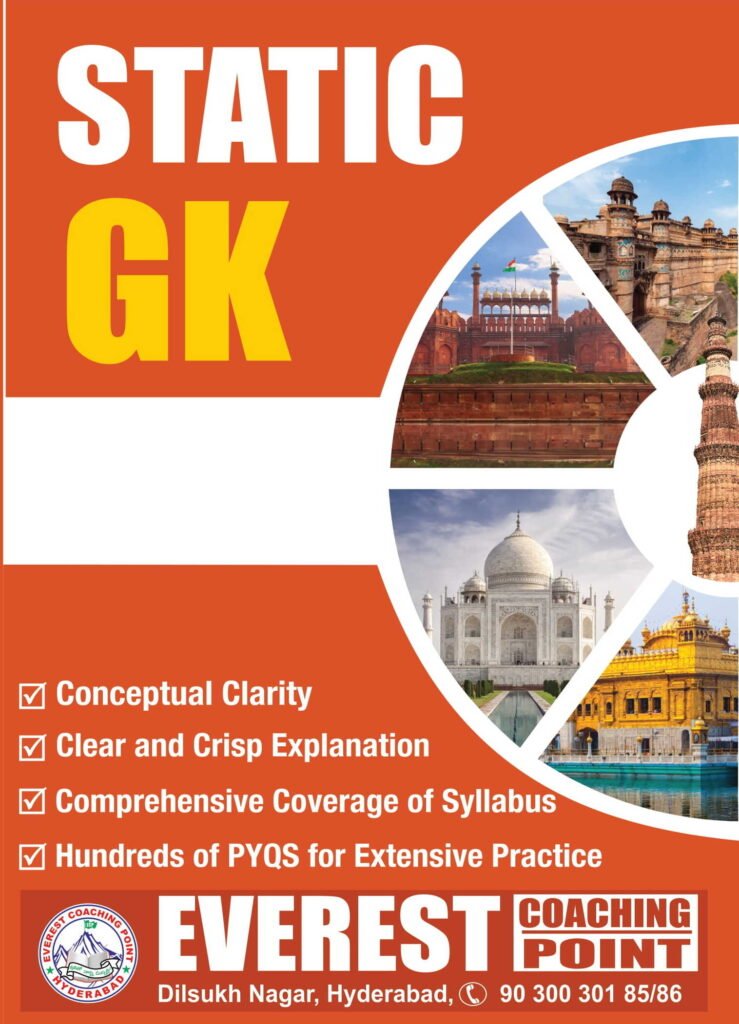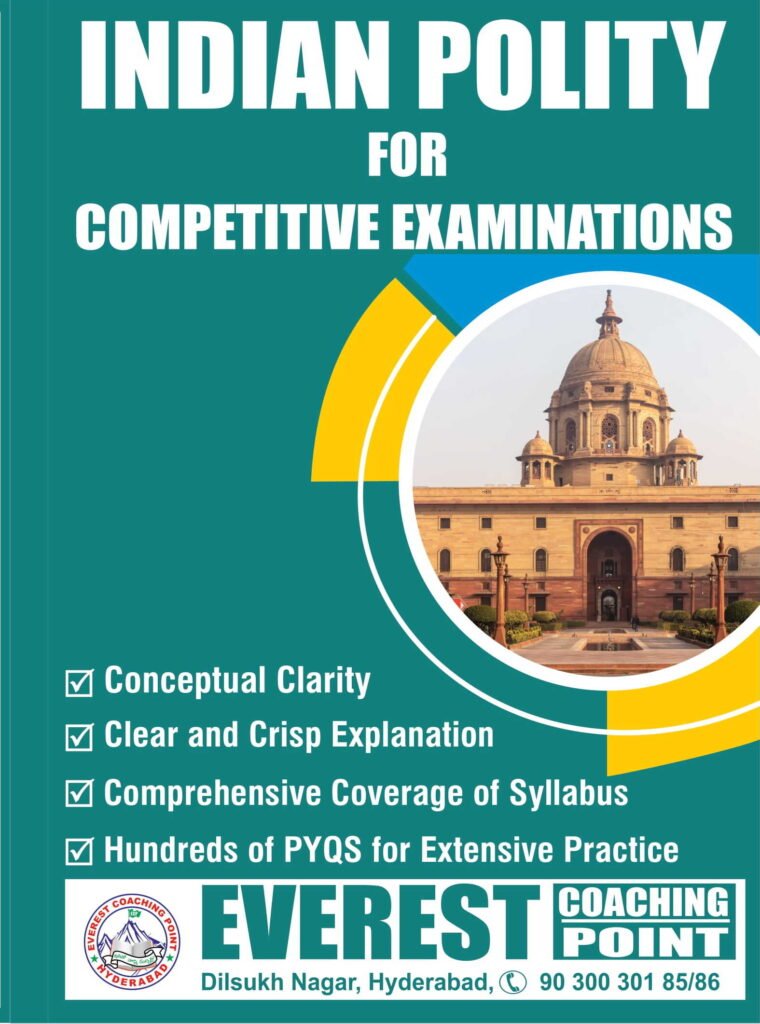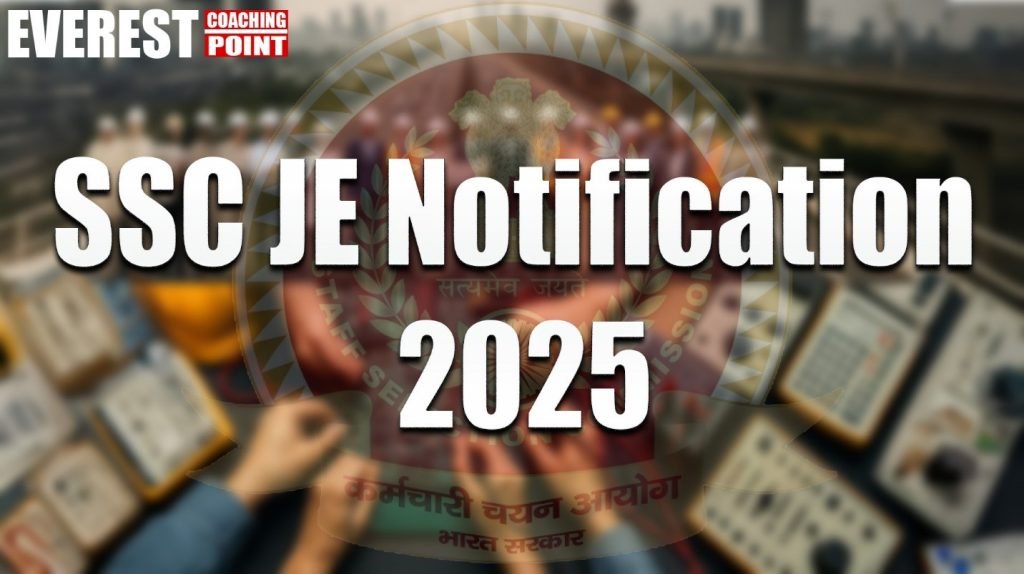
IMPORTANT DATES
Dates for Submission of Online Application Form | 30.06.2025 to 21.07.2025 |
Last date and time for receipt of Online Application Form | 21.07.2025 (23:00 hours) |
Last date and time for making online fee payment | 22.07.2025 (23:00 hours) |
Dates of ‘Window for Online Application Form Correction and Online payment of Correction Charges’ | 1.08.2025 to 02.08.2025 (23:00 hours) |
Tentative schedule of Computer Based Examination (Paper-I) | 27-31 October,2025 |
Tentative schedule of Computer Based Examination (Paper-II) | January-February, 2026 |
Toll-Free Helpline Number to be called in case of any difficulty in filling up the Online Application Form | 180 0 93063 |
EDUCATIONAL QUALIFICATION
S. No | Organization | Post | Essential Educational Qualifications | Age limit |
1 | Border Roads Organization | JE(C) | Degree in Civil Engineering from a recognized University/Institute; or (a) Three-Year Diploma in Civil Engineering from a recognized University/ Institute/ Board; and (b) Two years of working experience in Planning/ Execution/ Maintenance of Civil Engineering works | Up to 30 years |
JE (E & M) | Degree in Electrical or Mechanical Engineering from a recognized University/Institute; or (a) Three years Diploma in Electrical/ Automobile/ Mechanical Engineering from a recognized University/ Institute/ Board; and (b) Two-Year experience in Planning/ Execution/ Maintenance of Electrical or Mechanical Engineering works | |||
2 | Brahmaputra Board, Ministry of Jal Shakti | JE (C) | Three-Year Diploma in Civil Engineering from a recognized University or Institution. | Up to 30 years |
3 | Central Water Commission | JE (M) | Bachelor’s Degree or Diploma in Mechanical Engineering from a recognized University or Institution | Up to 30 years |
JE (C) | Bachelor’s Degree or Diploma in Civil Engineering from a recognized University or Institution. | |||
4 | Central Public Works Department (CPWD) | JE (E) | Diploma in Electrical or Mechanical Engineering from a recognized University or Institute. | Up to 30 years |
JE (C) | Diploma in Civil Engineering from a recognized University or Institute. | |||
5 | Central Water and Power Research Station | JE (E) | Diploma in Electrical Engineering from a recognized Institute. | Up to 30 years |
JE (C) | Diploma in Civil Engineering from a recognized Institute. | |||
6 | DGQA-NAVAL, Ministry of Defence | JE(M) | Degree in Mechanical Engineering from a recognized Institute; or (a) Three-Year Diploma in Mechanical Engineering from a recognized University or Institution plus (b) Two-Year experience in the respective field | Up to 30 years |
JE(E) | Degree in Electrical Engineering from a recognized University; or (a) Three years Diploma in Electrical Engineering from a recognized University or Institution plus (b) Two-Year experience in the respective field | |||
7 | Farakka Barrage Project, Ministry of Jal Shakti | JE(E) | Diploma in Electrical Engineering from a recognized University or Institute or Board | Up to 30 years |
JE (C) | Diploma in Civil Engineering from a years recognized University or Institute or Board. | |||
8 | Military Engineer Services (MES) | JE (C) | Degree in Civil Engineering from a recognized University; or (a) Three years Diploma in Civil Engineering from a recognized Institute or University or Board; and (b) Two years’ experience in Planning, Execution and Maintenance of Civil Engineering works. | Up to 30 years |
JE (E & M) | Degree in Electrical or Mechanical Engineering from a recognized University; or (a) Three-Year diploma in Electrical or Mechanical Engineering from a recognized Institute or University or Board; and (b) Two-Year experience in Planning, Execution and Maintenance of Electrical or Mechanical Engineering Works | |||
9 | National Technical Research Organization (NTRO) | JE(C) | Diploma in Civil Engineering from a recognized University/Institution | Up to 30 years |
JE(C)=Junior Engineer (Civil), JE(M)=Junior Engineer (Mechanical), JE(E)=Junior Engineer (Electrical) & JE(E&M) =Junior Engineer (Electrical & Mechanical).
AGE LIMIT
The crucial date for age reckoning is fixed as 01-01-2026 in accordance with the provisions of the DoP&T OM No. 14017/70/87-Estt.(RR) dated 14.07.1988. Requirement of Age for the Posts is as follows: –
For the posts for which the age limit is up to 30 years | Candidate must have been born not earlier than 02-01-1996 and not later than 01-01-2008. |
For the posts for which the age limit is up to 32 years | Candidate must have been born not earlier than 02-01-1994 and not later than 01-01 -2008. |
AGE RELAXATION
Code | Category | Age relaxation permissible beyond the upper age limit |
01 | SC/ ST | 5 years |
02 | OBC | 3 years |
03 | PwBD (Unreserved/EWS) | 10 years |
04 | PwBD (OBC) | 13 years |
05 | PwBD (SC/ ST) | 15 years |
06. | Ex-Servicemen (ESM) | 3 years after deduction of the military service rendered from the actual age |
08 | Defence Personnel disabled in operation during hostilities with any foreign country or in a disturbed area and released as a consequence thereof (Unreserved/EWS/OBC) | 3 years |
09 | Defence Personnel disabled in operation during hostilities with any foreign country or in a disturbed area and released as a consequence thereof (SC/ ST). | 8 years |
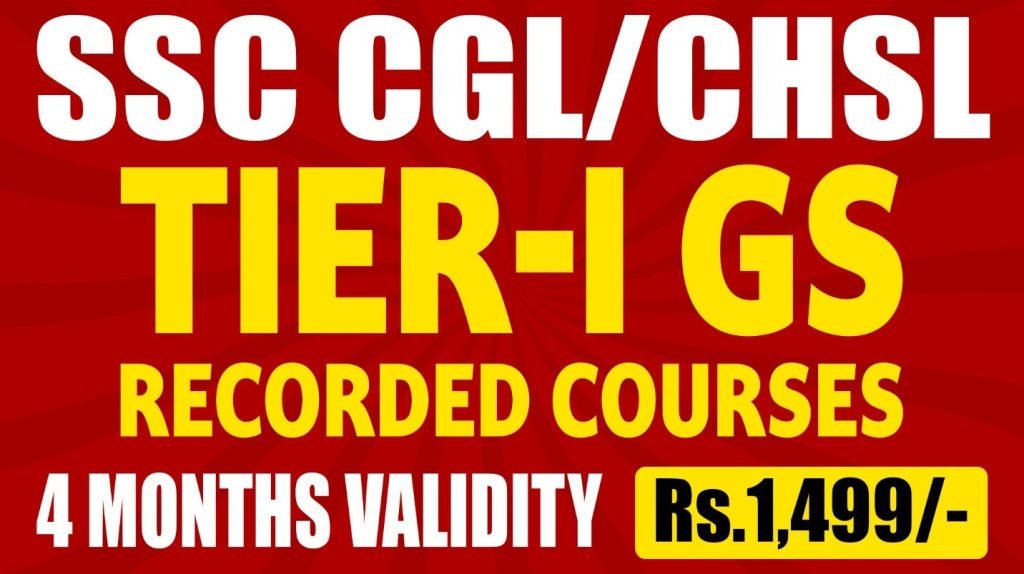
EXAM PATTERN
Papers | Mode of Examination | Subject | Number of Questions / Maximum Marks | Duration |
Paper-I | Computer- Based Examination | (i) General Intelligence and Reasoning | 50/ 50 | 2 Hours (2 hours and 40 minutes for the candidates Who are eligible for scribe as per Para-9.1, 9.2 and 9.3) |
(ii) General Awareness | 50/ 50 | |||
(iii) Part-A: General Engineering (Civil & Structural) or Part-B: General Engineering (Electrical) or Part-C: General Engineering (Mechanical) | 100/ 100 | |||
Paper-II | Computer- Based Examination | Part-A: General Engineering (Civil & Structural) or Part-B: General Engineering (Electrical) or Part-C: General Engineering (Mechanical) | 100/ 300 | 2 Hours (2 hours and 40 minutes for the candidates who are eligible for scribe as per Para 9.1, 9.2 and 9.3) |
INDICATIVE SYLLABUS
The standard of the questions in Engineering subjects will be approximately at the level of a Diploma in Engineering (Civil/ Mechanical/ Electrical). The details of the syllabus are given below: –
Paper-I:
General Intelligence & Reasoning: The Syllabus for General Intelligence would include questions of both verbal and non-verbal types. The test may include questions on analogies, similarities, differences, space visualization, problem solving, analysis, judgment, decision-making, visual memory, discrimination, observation, relationship concepts, arithmetical reasoning, verbal and figure classification, arithmetical number series, etc. The test will also include questions designed to test the candidate’s abilities to deal with abstract ideas and symbols and their relationships, arithmetical computations and other analytical functions.
General Awareness: Questions will be aimed at testing the candidate’s general awareness of the environment around him and its application to society. Questions will also be designed to test knowledge of current events and such matters of everyday observations and experience in their scientific aspect as may be expected of any educated person. The test will also include questions relating to India and its neighboring countries especially pertaining to History, Culture, Geography, Economic Scene, General Polity and Scientific Research, etc. These questions will be such that they do not require a special study of any discipline.
General Engineering: Civil & Structural, Electrical and Mechanical:
Part-A (Civil Engineering):
Building Materials, Estimating, Costing and Valuation, Surveying, Soil Mechanics, Hydraulics, Irrigation Engineering, Transportation Engineering, Environmental Engineering.
Structural Engineering: Theory of Structures, Concrete Technology, RCC Design, Steel Design.
Part-B
(Electrical Engineering): Basic concepts, Circuit law, Magnetic Circuit, AC Fundamentals, Measurement and Measuring instruments, Electrical Machines, Fractional Kilowatt Motors and single-phase induction Motors, Synchronous Machines, Generation, Transmission and Distribution, Estimation and Costing, Utilization and Electrical Energy, Basic Electronics.
Part-C Mechanical Engineering):
Theory of Machines and Machine Design, Engineering Mechanics and Strength of Materials,
Properties of Pure Substances, 1st Law of Thermodynamics, 2nd Law of Thermodynamics, Air standard Cycles for IC Engines, IC Engine Performance, IC Engines Combustion, IC Engine Cooling & Lubrication, Rankine cycle of System, Boilers, Classification, Specification, Fitting & Accessories, Air Compressors & their cycles, Refrigeration cycles, Principle of Refrigeration Plant, Nozzles & Steam Turbines.
Properties & Classification of Fluids, Fluid Statics, Measurement of Fluid Pressure, Fluid kinematics, Dynamics of Ideal fluids, Measurement of Flow rate, Basic Principles, Hydraulic Turbines, Centrifugal Pumps, Classification of Steel.
Paper II:
Part-A (Civil & Structural Engineering):
Building Materials: Physical and Chemical properties, classification, standard tests, uses and manufacture/quarrying of materials e.g., building stones, silicate-based materials, cement (Portland), asbestos products, timber and wood-based products, laminates, bituminous materials, paints, varnishes.
Estimating, Costing and Valuation: estimate, glossary of technical terms, analysis of rates, methods and unit of measurement, Items of work– earthwork, Brick work (Modular & Traditional bricks), RCC work, Shuttering, Timber work, Painting, Flooring, Plastering, Boundary wall, Brick building, Water Tank, Septic tank, Bar bending schedule, Centre line method, Mid-section formula, Trapezodial formula, Simpson’s rule, Cost estimate of Septic tank, flexible pavements, Tube well, isolates and combined footings, Steel Truss, Piles and pile-caps. Valuation – Value and cost, scrap value, salvage value, assessed value, sinking fund, depreciation and obsolescence, methods of valuation.
Surveying: Principles of surveying, measurement of distance, chain surveying, working of prismatic compass, compass traversing, bearings, local attraction, plane table surveying, theodolite traversing, adjustment of theodolite, Levelling, Definition of terms used in levelling, contouring, curvature and refraction corrections, temporary and permanent adjustments of dumpy level, methods of contouring, uses of contour map, tachometric survey, curve setting, earthwork calculation, advanced surveying equipment.
Soil Mechanics: Origin of soil, phase diagram, Definitions-void ratio, porosity, degree of saturation, water content, specific gravity of soil grains, unit weights, density index and interrelationship of different parameters, Grain size distribution curves and their uses Index properties of soils, Atterberg’s limits, ISI soil classification and plasticity chart Permeability of soil, coefficient of permeability, determination of coefficient of permeability, Unconfined and confined aquifers, effective stress, quick sand, consolidation of soils, Principles of consolidation, degree of consolidation, pre-consolidation pressure, normally consolidated soil, e- log p curve, computation of ultimate settlement Shear strength of soils, direct shear test, Vane shear test, Triaxial test Soil compaction, Laboratory compaction test, Maximum dry density and optimum moisture content, earth pressure theories, active and passive earth pressures, Bearing capacity of soils, plate load test, standard penetration test.
Hydraulics: Fluid properties, hydrostatics, measurements of flow, Bernoulli’s theorem and its application, flow through pipes, flow in open channels, weirs, flumes, spillways, pumps and turbines.
Irrigation Engineering: Definition, necessity, benefits, 2II effects of irrigation, types and methods of irrigation, Hydrology – Measurement of rainfall, run off coefficient, rain gauge, losses from precipitation – evaporation, infiltration, etc. Water requirement of crops, duty, delta and base period, Kharif and Rabi Crops, Command area, Time factor, Crop ratio, Overlap allowance, Irrigation efficiencies Different types of canals, types of canal irrigation, loss of water in canals Canal lining – types and advantages Shallow and deep to wells, yield from a well Weir and barrage, Failure of weirs and permeable foundation, Slit and Scour, Kennedy’s theory of critical velocity Lacey’s theory of uniform flow Definition of flood, causes and effects, methods of flood control, water logging, preventive measure Land reclamation, Characteristics of affecting fertility of soils, purposes, methods, description of land and reclamation processes Major irrigation projects in India.
Transportation Engineering: Highway Engineering – cross-sectional elements, geometric design, types of pavements, pavement materials – aggregates and bitumen, different tests, Design of flexible and rigid pavements – Water Bound Macadam (WBM) and Wet Mix Macadam (WMM), Gravel Road, Bituminous construction, Rigid pavement joint, pavement maintenance, Highway drainage, Railway Engineering Components of permanent way – sleepers, ballast, fixtures and fastening, track geometry, points and crossings, track junction, stations and yards Traffic Engineering – Different traffic survey, speed-flow-density and their interrelationships, intersections and interchanges, traffic signals, traffic operation, traffic signs and markings, road safety.
Environmental Engineering: Quality of water, source of water supply, purification of water, distribution of water, the need of sanitation, sewerage systems, circular sewer, oval sewer, sewer appurtenances, sewage treatments Surface water drainage Solid waste management – types, effects, engineered management system Air pollution – pollutants, causes, effects, control Noise pollution – cause, health effects, control.
Structural Engineering:
Theory of structures: Elasticity constants, types of beams – determinate and indeterminate, bending moment and shear force diagrams of simply supported, cantilever and over hanging beams Moment of area and moment of inertia for rectangular & circular sections, bending moment and shear stress for tee, channel and compound sections, chimneys, dams and retaining walls, eccentric loads, slope deflection of simply supported and cantilever beams, critical load and columns, Torsion of circular section.
Concrete Technology: Properties, Advantages and uses of concrete, cement aggregates, importance of water quality, water cement ratio, workability, mix design, storage, batching, mixing, placement, compaction, finishing and curing of concrete, quality control of concrete, hot weather and cold weather concreting, repair and maintenance of concrete structures.
RCC Design: RCC beams-flexural strength, shear strength, bond strength, design of singly reinforced and double reinforced beams, cantilever beams Tbeams, lintels One-way and two-way slabs, isolated footings Reinforced brick works, columns, staircases, retaining wall, water tanks (RCC design questions may be based on both Limit State and Working Stress methods).
Steel Design: Steel design and construction of steel columns, beams roof trusses plate girders.
Part-B (Electrical Engineering):
Basic concepts: Concepts of resistance, inductance, capacitance, and various factors affecting them Concepts of current, voltage, power, energy and their units
Circuit law: Kirchhoff’s law, Simple Circuit solution using network theorems
Magnetic Circuit: Concepts of flux, mmf, reluctance, Different kinds of magnetic materials, Magnetic calculations for conductors of different configurations e.g., straight, circular, solenoidal, etc. Electromagnetic induction, self and mutual induction
AC Fundamentals: Instantaneous, peak, RMS and average values of alternating waves, Representation of sinusoidal wave form, simple series and parallel AC Circuits consisting of RL and C, Resonance, Tank Circuit Poly Phase system – star and delta connection, 3 phase power, DC and sinusoidal response of R-Land R-Circuit
Measurement and measuring instruments: Measurement of power (1 phase and 3 phase, both active and re-active) and energy, 2 wattmeter methods of 3 phase power measurement, Measurement of frequency and phase angle Ammeter and voltmeter (both moving oil and moving iron type), extension of range wattmeter, Multimeters, Megger, Energy meter AC Bridges Use of CRO, Signal Generator, CT, PT and their uses Earth Fault detection
Electrical Machines : (a) DC Machine – Construction, Basic Principles of DC motors and generators, their characteristics, speed control and starting of DC Motors Method of braking motor, Losses and efficiency of DC Machines (b) 1 phase and 3 phase transformers – Construction, Principles of operation, equivalent circuit, voltage regulation, OC and SC Tests, Losses and efficiency Effect of voltage, frequency and wave form on losses Parallel operation of 1 phase /3 phase transformers Auto transformers (c) 3 phase induction motors, rotating magnetic field, principle of operation, equivalent circuit, torque-speed characteristics, starting and speed control of 3 phase induction motors Methods of braking, effect of voltage and frequency variation on torque speed characteristics Fractional Kilowatt Motors and Single-Phase Induction Motors: Characteristics and applications
Synchronous Machines – Generation of 3-phase emf armature reaction, voltage regulation, parallel operation of two alternators, synchronizing, control of active and reactive power Starting and applications of synchronous motors.
Generation, Transmission and Distribution – Different types of power stations, Load factor, diversity factor, demand factor, cost of generation, inter-connection of power stations Power factor improvement, various types of tariffs, types of faults, short circuit current for symmetrical faults Switchgears – rating of circuit breakers, Principles of arc extinction by oil and air, HRC Fuses, Protection against earth leakage / over current, etc. Buchholtz relay, Merz-Price system of protection of generators & transformers, protection of feeders and bus bars Lightning arresters, various transmission and distribution system, comparison of conductor materials, efficiency of different system Cable – Different type of cables, cable rating and derating factor
Estimation and costing: Estimation of lighting scheme, electric installation of machines and relevant IE rules Earthing practices and IE Rules
Utilization of Electrical Energy: Illumination, Electric heating, Electric welding, Electroplating, Electric drives and motors
Basic Electronics: Working of various electronic devices e.g. P N Junction diodes, Transistors (NPN and PNP type), BJT and JFET Simple circuits using these devices
Part- C (Mechanical Engineering):
Theory of Machines and Machine Design: Concept of simple machine, four bar linkage and link motion, Flywheels and fluctuation of energy, Power transmission by belts – V-belts and Flat belts, Clutches – Plate and Conical clutch, Gears – Type of gears, gear profile and gear ratio calculation, Governors – Principles and classification, Riveted joint, Cams, Bearings, Friction in collars and pivots
Engineering Mechanics and Strength of Materials: Equilibrium of Forces, Law of motion, Friction, Concepts of stress and strain, Elastic limit and elastic constants, bending moments and shear force diagram, Stress in composite bars, Torsion of circular shafts, Bucking of columns–Euler’s and Rankin’s theories, Thin-walled pressure vessels
Thermal Engineering:
Properties of Pure Substances: p-v & P-T diagrams of pure substance like H2O, Introduction of steam table with respect to steam generation process; definition of saturation, wet & superheated status Definition of dryness fraction of steam, degree of superheat of steam H-s chart of steam (Mollier’s Chart)
1st Law of Thermodynamics: Definition of stored energy & internal energy, 1st Law of Thermodynamics of cyclic process, Non-Flow Energy Equation, Flow Energy & Definition of Enthalpy, Conditions for Steady State Steady Flow; Steady State Steady Flow Energy Equation
2nd Law of Thermodynamics: Definition of Sink, Source Reservoir of Heat, Heat Engine, Heat Pump & Refrigerator; Thermal Efficiency of Heat Engines & co-efficient of performance of Refrigerators, Kelvin – Planck & Clausius Statements of 2nd Law of Thermodynamics, Absolute or Thermodynamic Scale of temperature, Clausius Integral, Entropy, Entropy change calculation of ideal gas processes Carnot Cycle & Carnot Efficiency, PMM-2; definition & its impossibility
Air standard Cycles for IC engines: Otto cycle; plot on P-V, T-S Planes; Thermal Efficiency, Diesel Cycle; Plot on P-V, T-S planes; Thermal efficiency. IC Engine Performance, IC Engine Combustion, IC Engine Cooling & Lubrication
Rankine cycle of steam: Simple Rankine cycle plot on P-V, T-S, h-s planes, Rankine cycle efficiency with & without pump work Boilers; Classification; Specification; Fittings & Accessories: Fire Tube & Water Tube Boilers Air Compressors & their cycles; Refrigeration cycles; Principle of a Refrigeration Plant; Nozzles & Steam Turbines
Fluid Mechanics & Machinery:
Properties & Classification of Fluid: ideal & real fluids, Newton’s law of viscosity, Newtonian and Non-Newtonian fluids, compressible and incompressible fluids.
Fluid Statics: Pressure at a point
Measurement of Fluid Pressure: Manometers, U-tube, Inclined tube
Fluid Kinematics: Stream line, laminar & turbulent flow, external & internal flow, continuity equation
Dynamics of ideal fluids: Bernoulli’s equation, Total head; Velocity head; Pressure head; Application of Bernoulli’s equitation
Measurement of Flow rate Basic Principles: Venturi meter, Pilot tube, Orifice meter
Hydraulic Turbines: Classifications, Principles
Centrifugal Pumps: Classifications, Principles, Performance Production Engineering: Classification of Steels: mild steel & alloy steel, Heat treatment of steel, Welding – Arc Welding, Gas Welding, Resistance Welding, Special Welding Techniques i.e., TIG, MIG, etc. (Brazing & Soldering), Welding Defects & Testing; NDT, Foundry & Casting – methods, defects, different casting processes, Forging, Extrusion, etc., Metal cutting principles, cutting tools, Basic Principles of machining with (i) Lathe (ii) Milling (iii) Drilling (iv) Shaping (v) Grinding, Machines, tools & manufacturing processes
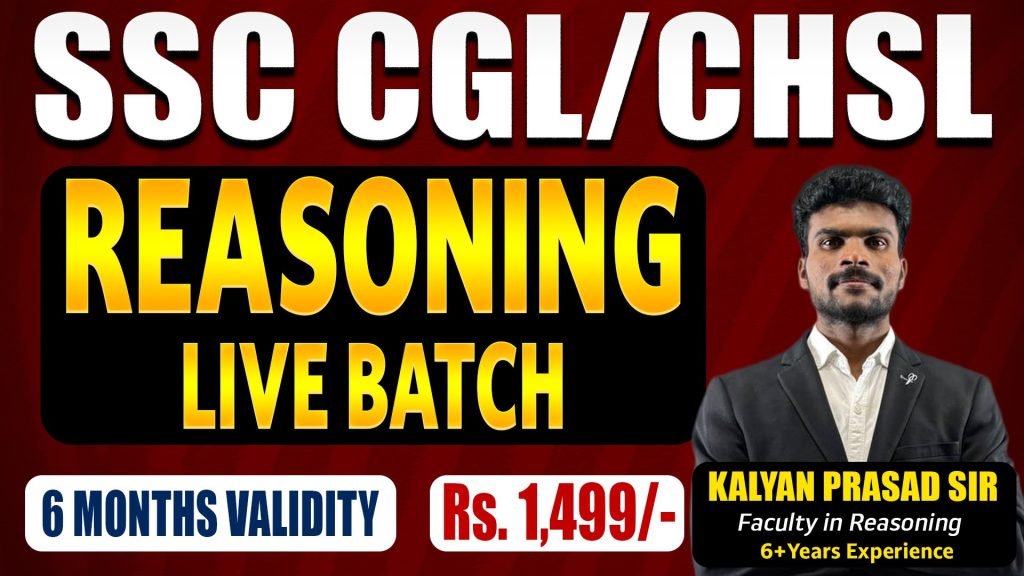
NUMBER OF VACANCIES
Tentative Vacancies of Junior Engineer (Civil, Mechanical & Electrical) Examination, 2025 as on 05.08.2025.
S. No. | Name of Dept. | Post | SC | ST | OBC | EWS | UR | Total | OH | HH | Others |
1. | Border Roads Organization (For Male candidates only) | JE(C) | 122 | 57 | 213 | 1 | 403 | 796 | 0 | 0 | 0 |
2. | Border Roads Organization (For Male candidates only) | JE(E& M) | 27 | 7 | 7 | 10 | 112 | 163 | 0 | 0 | 0 |
3. | Central Water Commission | JE(M) | 2 | 1 | 3 | 1 | 3 | 10 | 0 | 0 | 0 |
4. | Central Water Commission | JE (C) | 16 | 6 | 25 | 9 | 34 | 90 | 1 | 2 | 0 |
5. | Central Public Works Department | JE (E) | 14 | 6 | 25 | 9 | 40 | 94 | 1 | 1 | 2 |
6. | Central Public Works Department | JE (C) | 31 | 15 | 56 | 21 | 87 | 210 | 3 | 3 | 3 |
7. | Central Water Power Research Station | JE (C) | 0 | 0 | 1 | 1 | 1 | 3 | 0 | 0 | 0 |
8. | Central Water Power Research Station | JE (E) | 0 | 1 | 0 | 0 | 1 | 2 | 0 | 0 | 0 |
9. | Central Water Power Research Station | JE(M) | 1 | 0 | 0 | 0 | 1 | 2 | 0 | 0 | 0 |
10. | DGQA-NAVAL, Ministry of Defence | JE(E) | 0 | 1 | 1 | 0 | 1 | 3 | 0 | 0 | 0 |
11. | DGQA-NAVAL, Ministry of Defence | JE(M) | 1 | 1 | 0 | 1 | 2 | 5 | 0 | 0 | 0 |
12. | Farakka Barrage Project, Ministry of Jal Shakti | JE(C) | 1 | 1 | 2 | 0 | 7 | 11 | 0 | 0 | 0 |
13. | Farakka Barrage Project, Ministry of Jal Shakti | JE (M) | 1 | 1 | 0 | 1 | 1 | 4 | 0 | 0 | 0 |
14. | Military Engineer Service (MES) | JE (C) | 31 | 13 | 63 | 22 | 73 | 202 | 3 | 3 | 2 |
15. | Military Engineer Service (MES) | JE(E& M) | 23 | 12 | 36 | 17 | 48 | 136 | 2 | 2 | 1 |
Total | 270 | 122 | 432 | 93 | 814 | 1731 | 10 | 11 | 8 | ||
PREVIOUS YEAR’S CUT-OFF:
Cut-off Junior Engineer (Civil, Mechanical and Electrical) Examination, 2024. (Final cut-off)
- Civil Engineering:
Department Code | Category | Cut-off Marks |
B | SC | 349.55415 |
B | ST | 348.18412 |
B | OBC | 369.87151 |
B | EWS | 368.80823 |
B | UR | 375.92647 |
D | SC | 378.56387 |
D | ST | 378.38322 |
D | OBC | 394.21658 |
D | EWS | 393.68738 |
D | UR | 400.42902 |
D | OH | 340.10298 |
D | HH | 285.62865 |
D | Others | 247.04338 |
F | SC | 362.09471 |
F | ST | 357.25622 |
F | OBC | 382.05819 |
F | EWS | 379.55407 |
F | UR | 388.48320 |
F | OH | 313.88610 |
F | HH | 233.25767 |
F | Others | 226.39618 |
G | SC | 366.09135 |
G | OBC | 384.63525 |
G | UR | 387.92077 |
I | UR | 387.36705 |
K | SC | 357.41564 |
K | ST | 356.94570 |
K | OBC | 379.99154 |
K | EWS | 380.12452 |
K | UR | 389.04588 |
K | OH | 299.52495 |
K | HH | 241.75362 |
K | Others | 189.45462 |
M | OBC | 381.62038 |
M | UR | 425.93719 |
- Electrical/ Mechanical Engineering:
Department Code | Category | Cut-off Marks |
A | SC | 394.21762 |
A | EWS | 412.58645 |
A | UR | 415.85329 |
C | SC | 414.67846 |
C | ST | 411.98804 |
C | OBC | 428.60996 |
C | EWS | 428.72259 |
C | UR | 433.68827 |
C | OH | 403.65713 |
C | HH | 306.72894 |
C | Others | 348.47714 |
E | SC | 411.61549 |
E | OBC | 423.34272 |
E | EWS | 419.88094 |
E | UR | 423.83054 |
H | SC | 408.69390 |
H | UR | 432.67893 |
J | SC | 395.80063 |
J | ST | 378.65790 |
J | OBC | 417.17571 |
J | EWS | 413.56889 |
J | UR | 421.76470 |
J | OH | 382.41795 |
J | HH | 284.52828 |
J | Others | 221.33184 |
L | ST | 401.45182 |
L | EWS | 426.09434 |
N | SC | 395.68935 |
N | UR | 421.62673 |
O | EWS | 412.72564 |
O | UR | 421.04907 |
O | Others | 331.52457 |
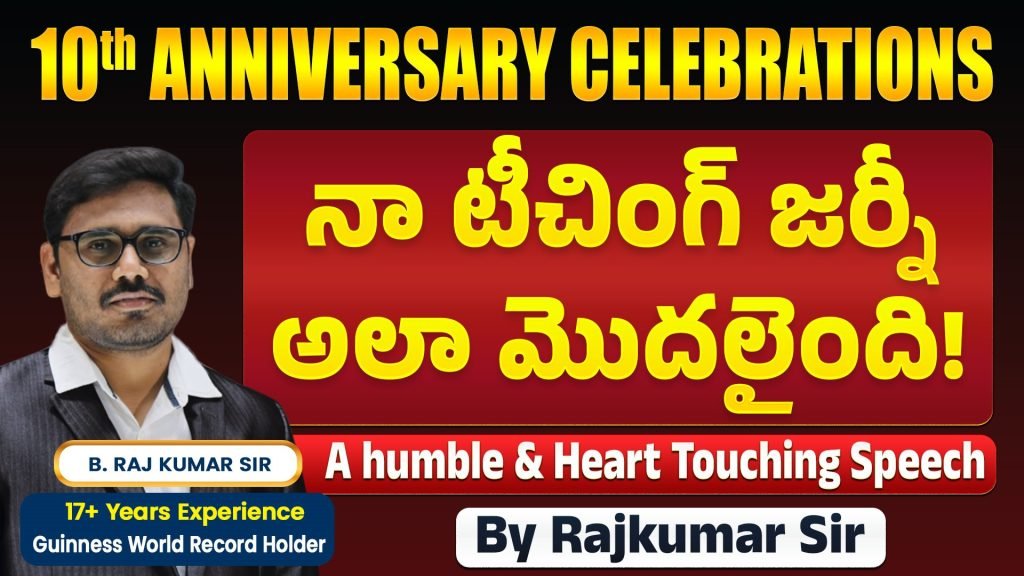
DEPARTMENTS PARTICIPATED
- Border Roads Organization (For Male candidates only).
- Central Water Commission.
- Central Public Works Department.
- Central Water Power Research Station.
- DGQA-NAVAL, Ministry of Defence.
- Farakka Barrage Project, Ministry of Jal Shakti.
- Military Engineer Service (MES).
APPLICATION LINK:
APPLICATION FEES:
*Fee payable: ₹ 100/- (Rupees One Hundred only).
*Women candidates and candidates belonging to Scheduled Castes (SC), Scheduled Tribes (ST), Persons with Benchmark Disabilities (PwBD) and Ex Servicemen eligible for reservation are exempted from payment of fee.
*Fee can be paid only through online payment modes, namely BHIM UPI, Net Banking, or by using Visa, MasterCard, Maestro, or RuPay Debit card.
*Online fee can be paid by candidates up to 22.07.2025 (23:00 hours).
*Candidates must ensure that their online payment has been successfully made to SSC. If the fee is not received by SSC, the status of the Online Application Form is shown as ‘Incomplete’, and this information is printed at the top of the Online Application Form. Further, the status of fee payment can be verified at the ‘Payment Status” link provided in the candidate’s login screen. Such Online Application Forms, which remain incomplete due to non-receipt of fee, will be SUMMARILY REJECTED, and no request for consideration of such Online Application Forms and fee payment after the period specified in the Notice of Examination shall be entertained.
*Fee once paid shall not be refunded under any circumstances nor will it be adjusted against any other Examination or selection.
MODE OF EXAM:
*computer based examination./The Computer-Based Examination will be conducted in two papers.
MEDIUM OF EXAMINATION:
*Paper-I & Paper-II will consist of Objective Type, Multiple-Choice Questions only. The questions will be set in Hindi, English only.
SALARY FOR SSC JE:
The posts are of Group ‘B’ (Non-Gazetted), Non-Ministerial in Level-6 (Rs. 35400-112400/-) of the Pay Matrix of the 7th Central Pay Commission.
EXAMINATION CENTRES FOR SSC JE EXAMINATION IN ANDHRA PRADESH AND TELAGANA
CENTRES IN ANDRA PRADESH | CENTRES IN TELAGANA |
Chirala , Guntur , Kakinada , Kurnool , Nellore , Rajahmundry , Tirupati , Vijayawada , Vishakhapatnam , Vizianagaram , Srikakulam , Eluru, Ongole. | Hyderabad, Karimnagar, Warangal , |
ADMIT CARD AND CITY INFORMATION
ADMIT CARD WILL BE RELEASED 3 TO 4 DAYS BEFORE THE SCHEDULED EXAMINATION
*CITY INFORMATION WILL BE RELEASED BEFORE 10 DAYS OF THE SCHEDULED EXAMINATION
BOOKS FOR JE PREPARATION
